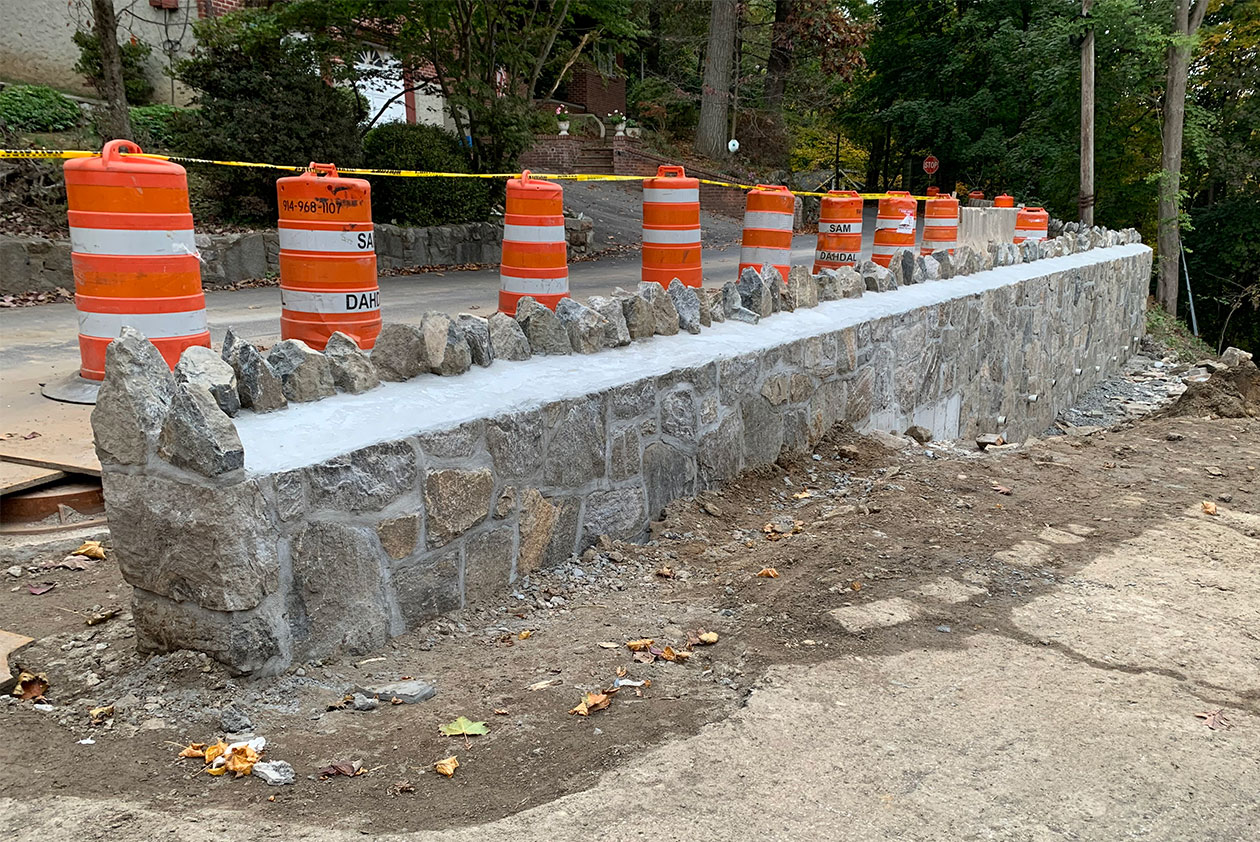
June 23, 2021
The American Jobs Plan proposed by President Biden is, at its core, an infrastructure improvement bill. If passed, it aims to repair 20,000 miles of highway and 10,000 bridges, and repair, replace, or expand water infrastructure, schools, hospitals, and government buildings. All of this work would require a massive investment in construction materials, such as concrete, wood, asphalt, and steel. The proposed bill also seeks to prioritize sustainability in the choice of construction materials and practices. Concrete, which is the second most used material in the world, would play a central role in the construction and rehabilitation that comes with this proposed infrastructure investment, however it also has a significant carbon footprint. While methods of decreasing the environmental impact of concrete have been developed, they have not been broadly adopted by producers. As discussed in this brief, flexible municipal policies that can adjust for local availability of materials, project specific needs, and funding, can offer a model for encouraging adoption of low-embodied carbon concrete. Further, existing municipal-level policies may scale to the state and federal level.
One of the key goals when considering sustainability is the reduction of embodied carbon. Embodied carbon is a measure of the total amount of carbon dioxide (CO2) released during the production, transportation, and use of a product. CO2 is one of the most significant greenhouse gases and release of CO2 into the atmosphere is a major cause of global climate change. Worldwide, the production of concrete accounts for about 8 percent of the total CO2 released each year.
While concrete actually has relatively low-embodied carbon per unit volume compared to other building materials, the massive scale at which it is employed results in the significant release of carbon into our atmosphere. Despite this, many concrete mixtures are designed with a focus solely on concrete strength, ignoring the need for more nuanced approaches that optimize strength, durability, and lower carbon emissions.
With the recent demand for more sustainable construction, owners and contractors have started using “low-carbon concrete” in construction; however, this term is a widely used catchall for many different types of concrete mixtures. In practice, “low-carbon concrete” refers to any concrete mixture that has lower embodied carbon than a mixture containing only portland cement and natural aggregates, that utilizes design techniques that reduce overall cement content, or that utilizes any advanced carbon capture or storage technologies.
Many years of ongoing research and application have shown that low-carbon concrete options can achieve a range of strengths adequate for many different applications and even improve long-term durability compared to more conventional mixtures. Research has also shown that reconsidering our basic approach to concrete mixture design may result in significant greenhouse gas emissions reductions. A 2018 report from the International Energy Agency and industry-supported Cement Sustainability Initiative, for example, outlined a roadmap to achieve a 24 percent reduction in industry emissions by 2050. But even though low-carbon concrete technologies have a long history of excellent performance and potential to reduce emissions, some engineers and concrete producers are hesitant to specify them for new concrete construction.
Local, state, and federal government agencies are the largest procurers of concrete. Thus, it is common for even private construction firms to base their concrete mixture specifications on ones designed for state applications. Relying primarily on private industry to independently drive changes in concrete mixture designs, however, may not necessarily result in a significant impact on the overall carbon footprint of concrete. It is therefore important to understand how local, state, and federal procurement and infrastructure policies might be crafted to increase the use of low-carbon concrete. In this piece, I will outline the climate impacts of concrete and the development and use of low-carbon concrete, and discuss local policies related to its use. In particular, I consider a case study of the Village of Hastings-on-Hudson in Westchester County, New York, which passed a resolution in 2020 to promote the use of low-carbon concrete in its procurement operations.
Header Image Credit: Ion Simonides